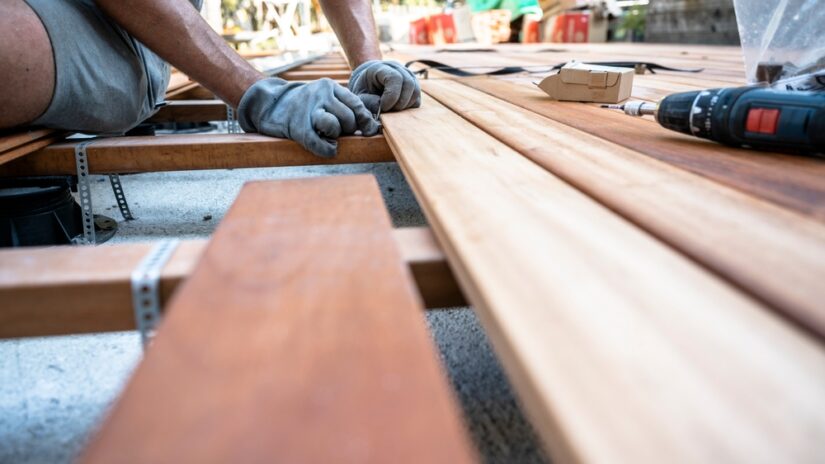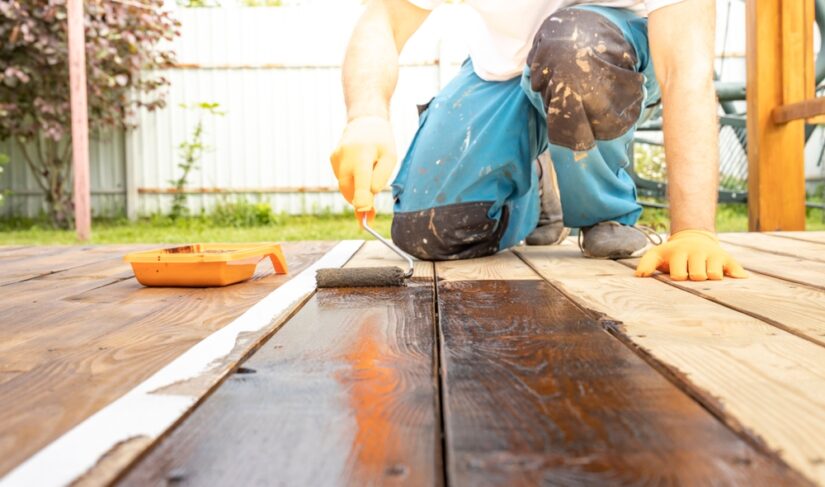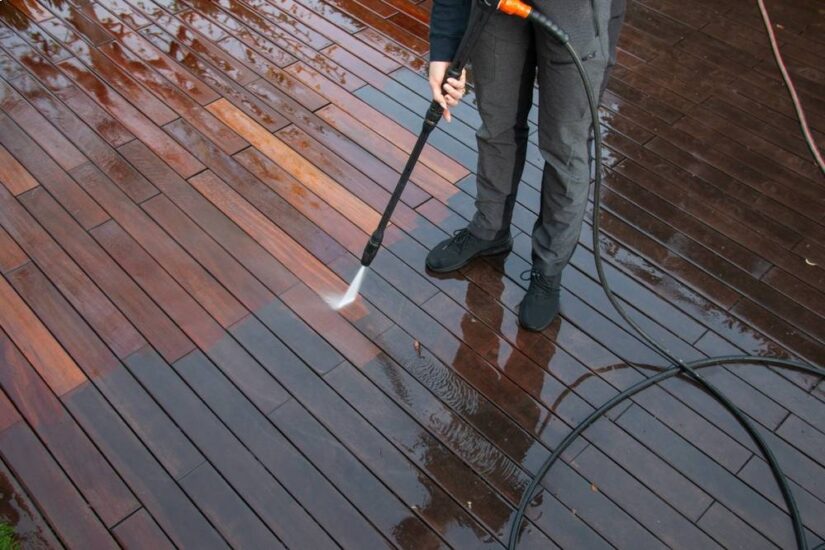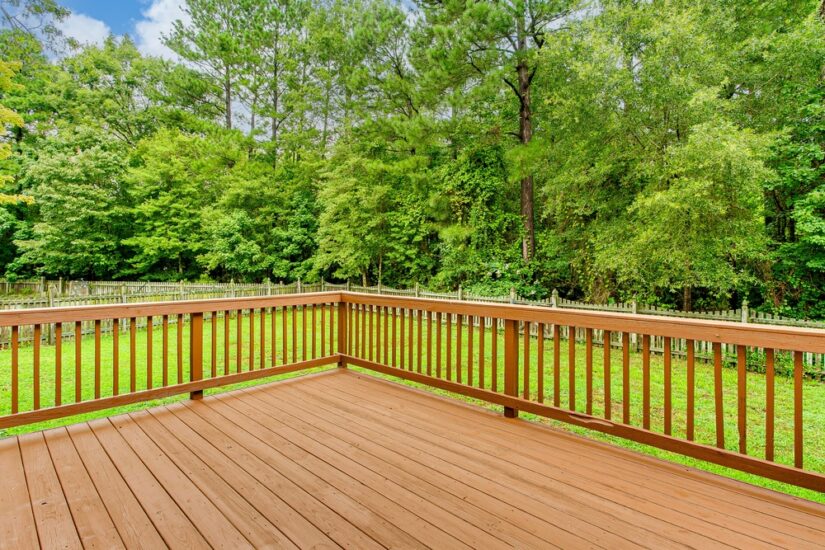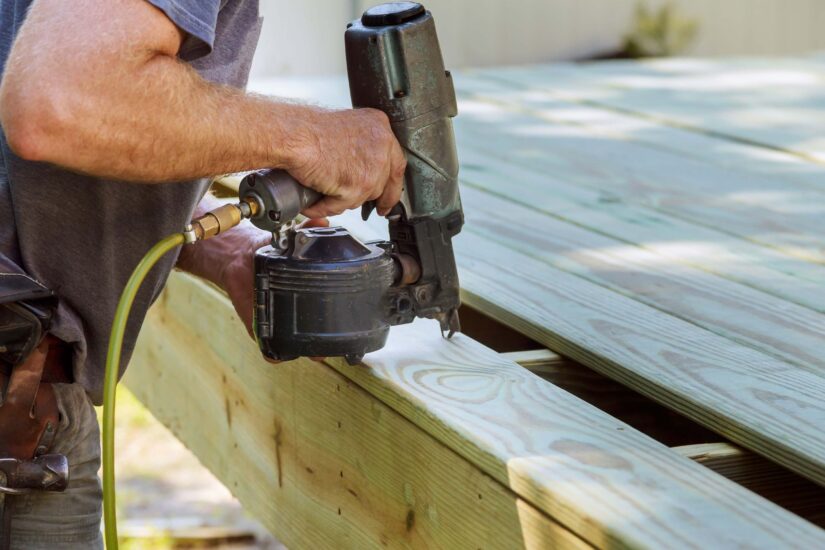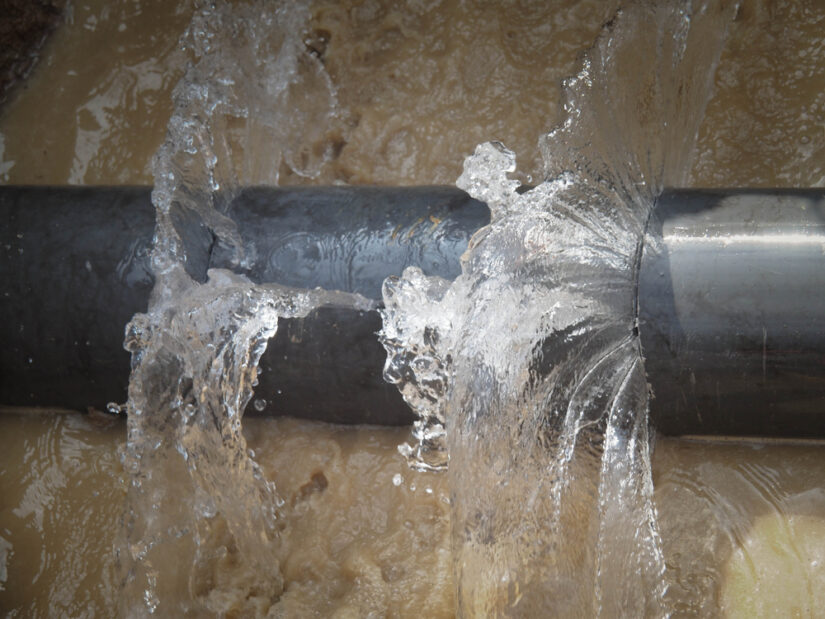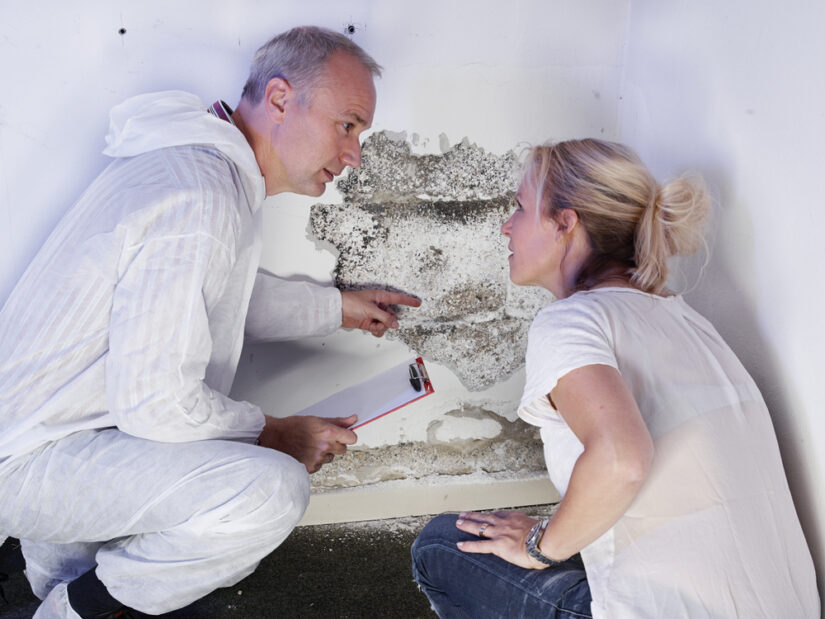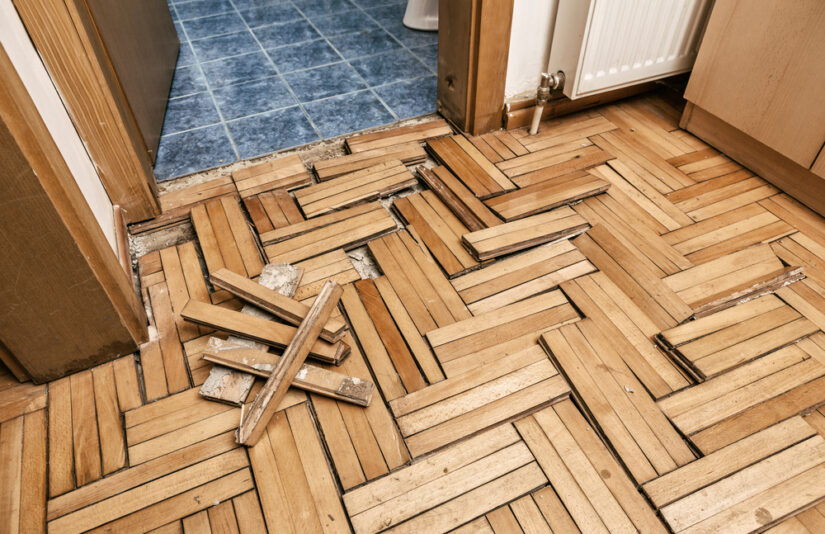Do I Need a Permit to Fix a Deck in Bothell?
If you’re planning to fix your deck in Bothell, you need to know whether a permit is required before starting work. In most cases, repairs that involve structural changes or significant alterations will require a building permit from the city. Minor repairs, like replacing boards without changing the structure, usually don’t need approval. Understanding when […]
Read MoreBest Time to Fix a Deck in Washington
Living in Washington means your deck faces frequent rain, moisture, and seasonal weather shifts that can wear down wood and fasteners. To ensure your deck stays safe and functional, timing your repairs right is essential. The best time to fix your deck is during early spring or fall when temperatures are mild and the weather […]
Read MoreHow Much Does Deck Repair Cost in Washington?
When considering deck repair in Washington, costs can vary widely depending on the extent of the damage and the materials involved. On average, you can expect to pay between $1,000 and $3,000 for typical repairs, with minor fixes starting around $150 and more extensive projects reaching up to $8,500 or more. These figures account for […]
Read MoreWhy Is My Deck Railing Wobbly?
A wobbly deck railing usually means the posts or connections securing it have loosened over time, often due to wear, weather, or improper installation. The most common cause is weakened or damaged post anchors and fasteners that no longer hold the railing firmly in place. You might also have underlying issues like wood rot, damaged […]
Read MoreCan My Existing Deck Safely Hold a Hot Tub or Outdoor Kitchen?
When considering adding a hot tub or outdoor kitchen to your existing deck, the most important question is whether the deck can safely support the added weight and structural demands. Many decks are not designed to carry the heavy loads of a filled hot tub or the additional weight of outdoor kitchen equipment, which can […]
Read MoreWhy Do Water Pipes Burst?
Water pipes can burst for various reasons, leading to significant damage and costly repairs. The most common causes include freezing temperatures, high water pressure, and corrosion within the pipes. Understanding these factors can help homeowners take preventive measures to protect their plumbing systems. When temperatures drop, water inside pipes can freeze, causing them to expand […]
Read MoreHow to Get Rid of Mildew Smell
Mildew smell is an unwelcome guest in many homes, often signaling the presence of moisture and mold. To effectively eliminate mildew odor, it is crucial to identify and address the underlying moisture issue while employing specific cleaning methods and products designed to neutralize unpleasant smells. By understanding the causes and solutions, homeowners can restore freshness […]
Read MoreHow Long Does it Take for Mold to Grow?
Mold is a common concern in various environments, whether in homes or commercial spaces. Under ideal conditions, mold can start to grow within 24 to 48 hours. Understanding the factors that influence mold growth can help individuals take proactive measures to prevent infestations and protect their health. Several elements contribute to mold development, including moisture, […]
Read MoreWhat Does Water Damage Look Like? The Signs of Water Damage
Water damage can manifest in various ways, often making it difficult to identify until significant harm has been done. Common signs include discoloration on walls or ceilings, peeling paint, and musty odors that indicate mold growth. Recognizing these signs early is crucial to preventing costly repairs and potential health hazards. Homeowners may notice warped floors […]
Read MoreDo I Need a Permit to Build a Deck on My Property?
Building a deck can enhance both the functionality and aesthetic appeal of a property. Before embarking on this project, it’s crucial to understand the regulations surrounding deck construction. In many cases, a permit is required to ensure that the deck complies with local building codes and safety standards. Permits are typically necessary when the deck […]
Read More